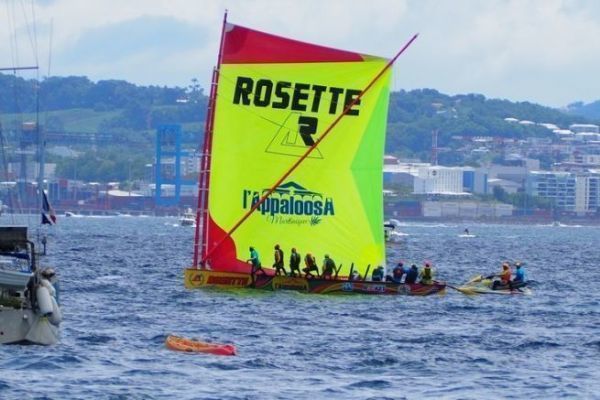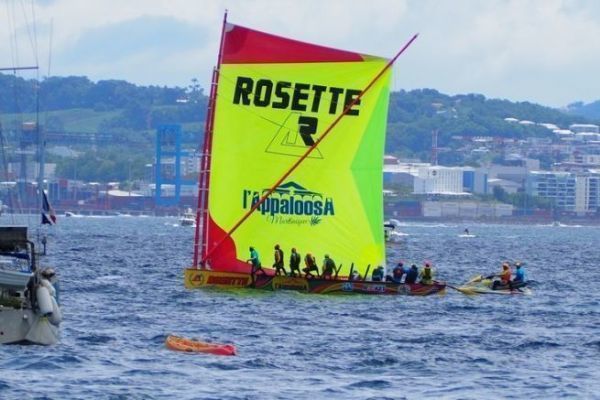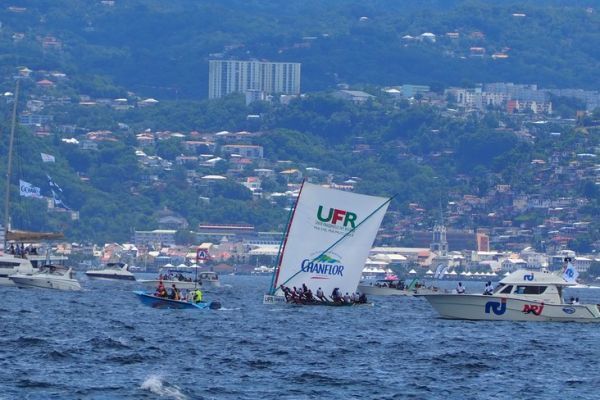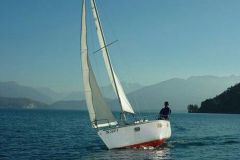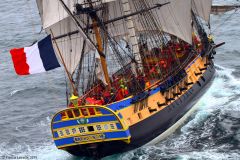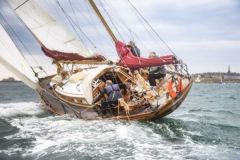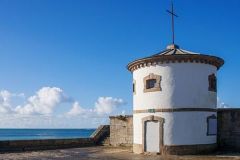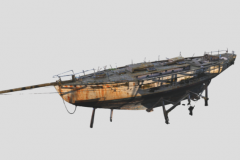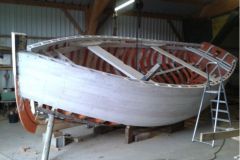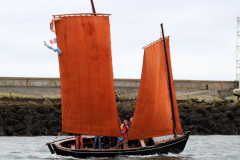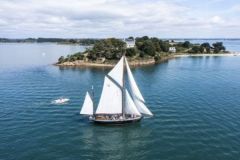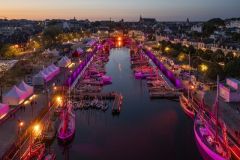From the ancestral "gommier" to the "yole ronde
Originally, the gommier "bois fouillé" used by Martinique's fishermen was a monoxyle boat, i.e. simply made from a trunk of the eponymous tree, hollowed out and carved on the outside. In the 1940s, a carpenter in Le François created the first round yawl. The initial aim was to be the first to sell fish on return from the sea.
Entirely made of solid wood, production of the round yawl is reserved for a small elite of skilled craftsmen. A few technical concessions have been made to construction specifications, in the name of improving the lifespan of modern units. Wood can now be protected from external aggression with epoxy resin, and some spars can be reinforced with fiberglass "exotic", i.e. modern composites.
Some key features of round yawl architecture
Round skiffs are built without a plan. The carpenter begins by setting up a complete framework. He starts with a long, straight piece called a frame which is then fitted with a bow, stern and various transverse elements.
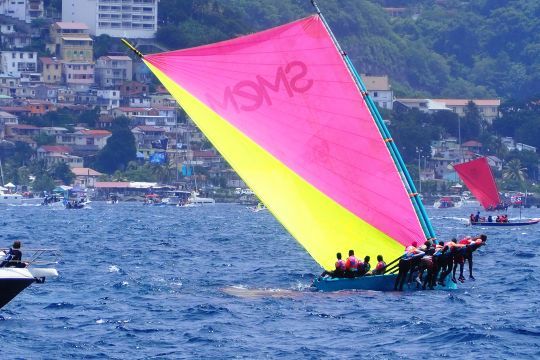
The frame is then edged with one-piece planks. A skiff has no fixed ballast or rudder! The anti-drift effect needed to sail upwind is provided by a straight, very pinched bow with a deep forefoot, aided by a lower sole that gives the boat great stability when underway. Light, very toled and tapered, round skiffs are fast and give great sensations.
Acrobatic navigation
Be warned: piloting one is acrobatic and physically demanding. The ability to support the canvas is achieved by moving part of the crew, who have to play tightrope walker on the upright wood âeuros poles used for abseiling over water, a highly sporting exerciseâeuros!
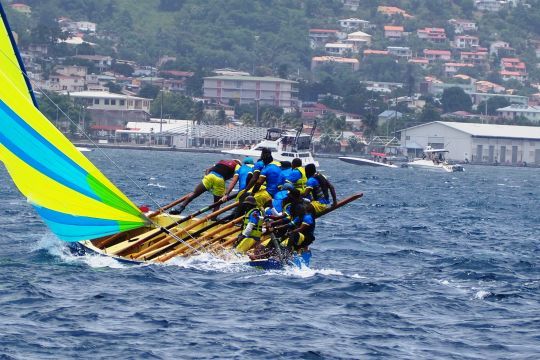
As for maintaining course, this is done using a huge scull which acts as a rudder, the tet pagay operated by one to three people. This is advantageous when sailing in shallow waters and when tacking.
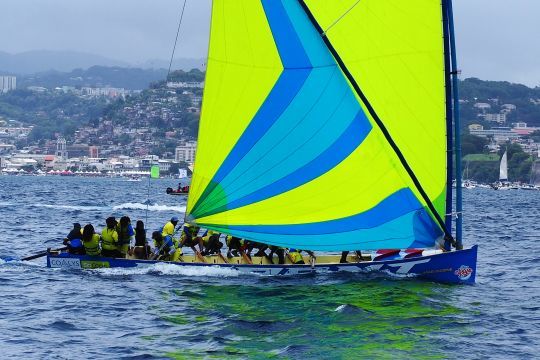
A team of 15 to 18 individuals express themselves aboard these 10.5-meter boats.
A single sail for each race
The choice of the sail to be set is crucial and is made before departure. It cannot be reduced. The largest sails measure around 80 m2, giving the yawl a power-to-weight ratio quite similar to that of a windsurfer.
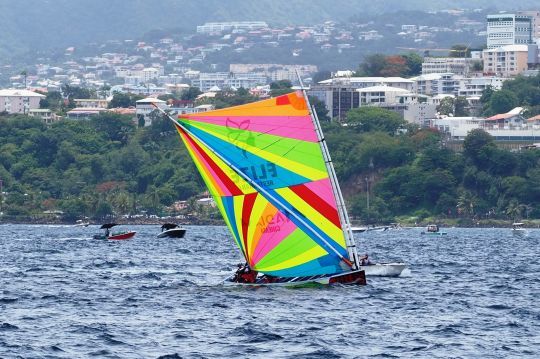
No wonder they're so fast... As skiffs have no initial stability, due to their lack of ballast and narrowness, starts are made from a beach.
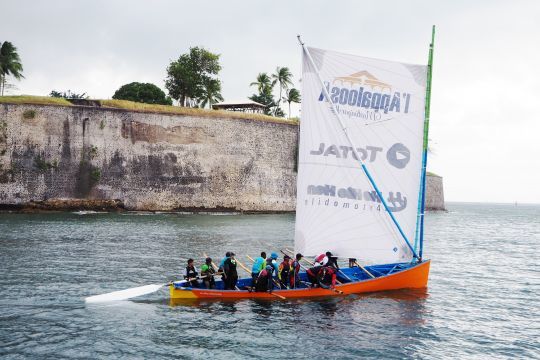
When the signal is given, the crews start by dragging the boats out to sea, then jumping in, each to his or her own position, in an extraordinary show of jockeying for position. A fascinating spectacle!
The Martinique round skiff has been a UNESCO World Heritage site since 2020.

 /
/ 